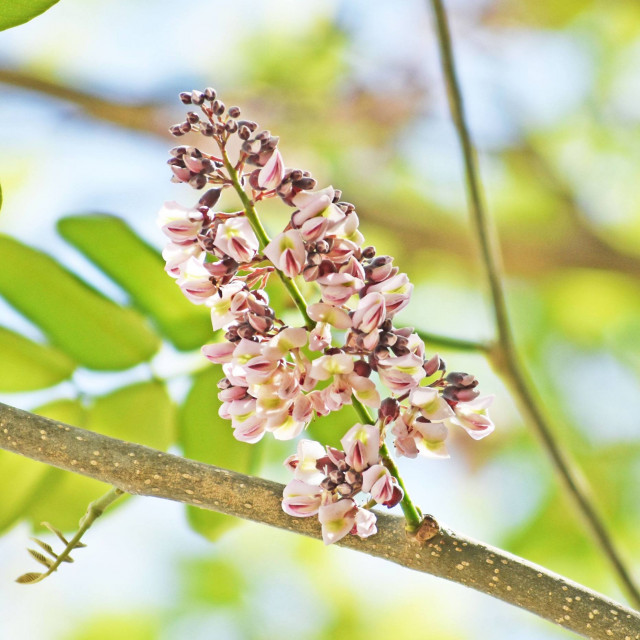COMMON NAME
Jamaica dogwood
SCIENTIFIC NAME
Piscidia piscipula
ALSO KNOWN AS
Florida fishpoison tree, fishfuddle
Plant family
Pea (Fabaceae)
Plant group
Deciduous Trees and Shrubs
Jamaica dogwood is a medium-sized tree that grows 40-50' tall and the trunk can reach 1.5-3.5' in diameter. Branches are stout and erect. This tree is native to tropical areas around the Caribbean and tropical Gulf of Mexico, including the Florida keys, but it has also been found outside its native range in Hawaii.
7 reports
6+
OBSERVERS
7+
OBSERVATIONS
Identification hints
Leaves of Jamaica dogwood fall off and grow anew each year (deciduous).
Did you know?
Other names for Jamaica dogwood include Florida fishpoison tree and fishfuddle. Historically the tree roots, bark, and leaves were used to stun fish. The fruits of Jamaica dogwood are bean-like pods with a 4 paper-like "wings".
DISTRIBUTION IN TH U.S.
Florida
,
Hawaii
,
Virgin Islands
HABITAT
Grows in coastal zones in well-drained, sandy soils. It can tolerate some brackish water or seawater short-term.
ATTRIBUTES
Leaves
Leaves appear one at a time along the stem (alternate). Leaves are compound (multiple leaflets sharing the leaf stalk), each composed of 5 to 7, 1.5 to 4 inch long leaflets. Leaves are dark green above, pale green and hairy below.
Flowers
The pea-like flowers have lavender or pink petals that hang in long clusters.
Fruits
Fruit is a 3-4" long, light brown pod with four papery wings.
Bark
Bark is thin, greenish gray with some dark patches and small scales.
Bloom Time
Typically blooms in May.
See Menu
Budburst is a project of the
Chicago Botanic Garden
One of the treasures of the
Forest Preserves of Cook County
Creative Commons
BY-NC-SA 4.0
- 2021 Chicago Botanic Garden. All Rights Reserved.
- Terms of Use
- Privacy Policy
- Data Sharing and Citation Policies
- 2021 Chicago Botanic Garden. All Rights Reserved.



